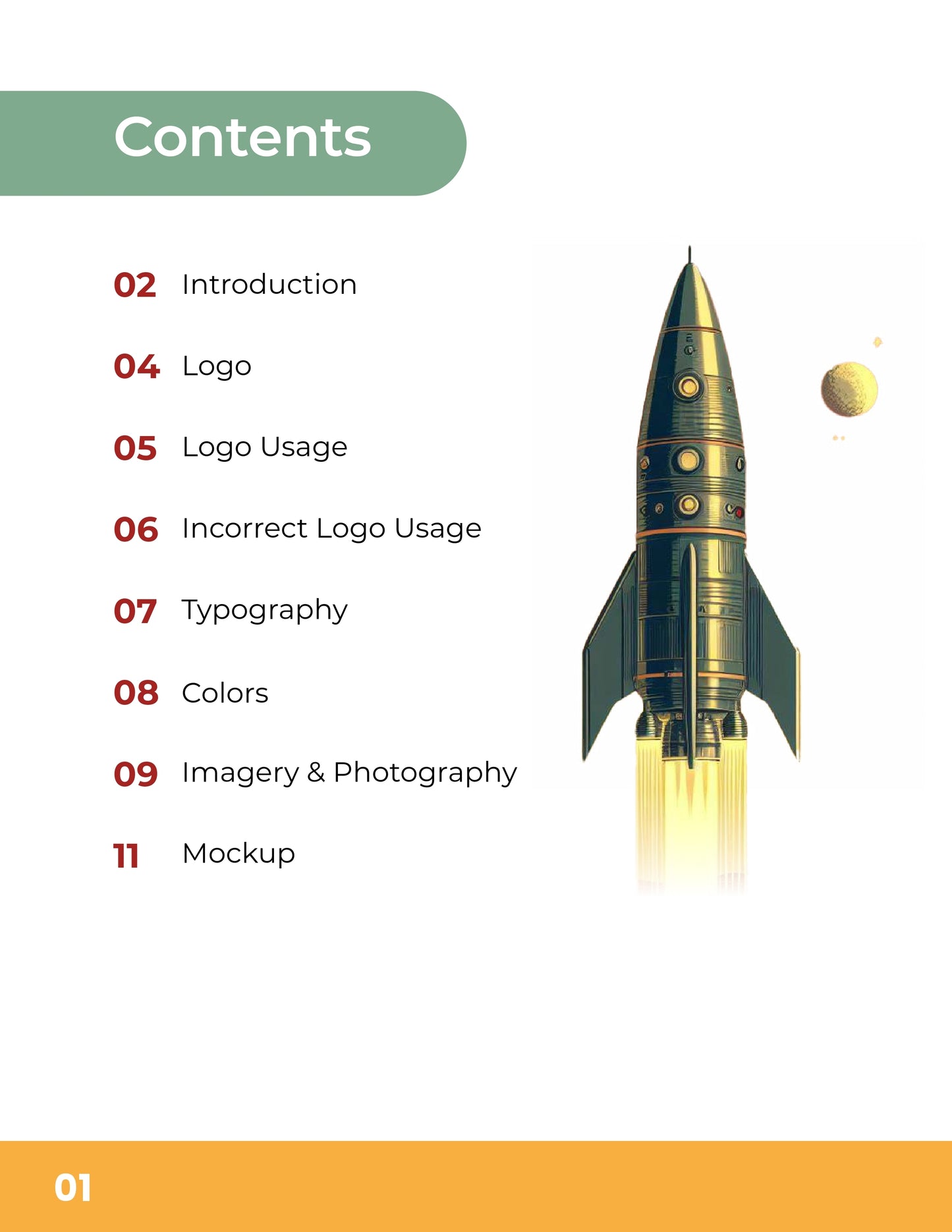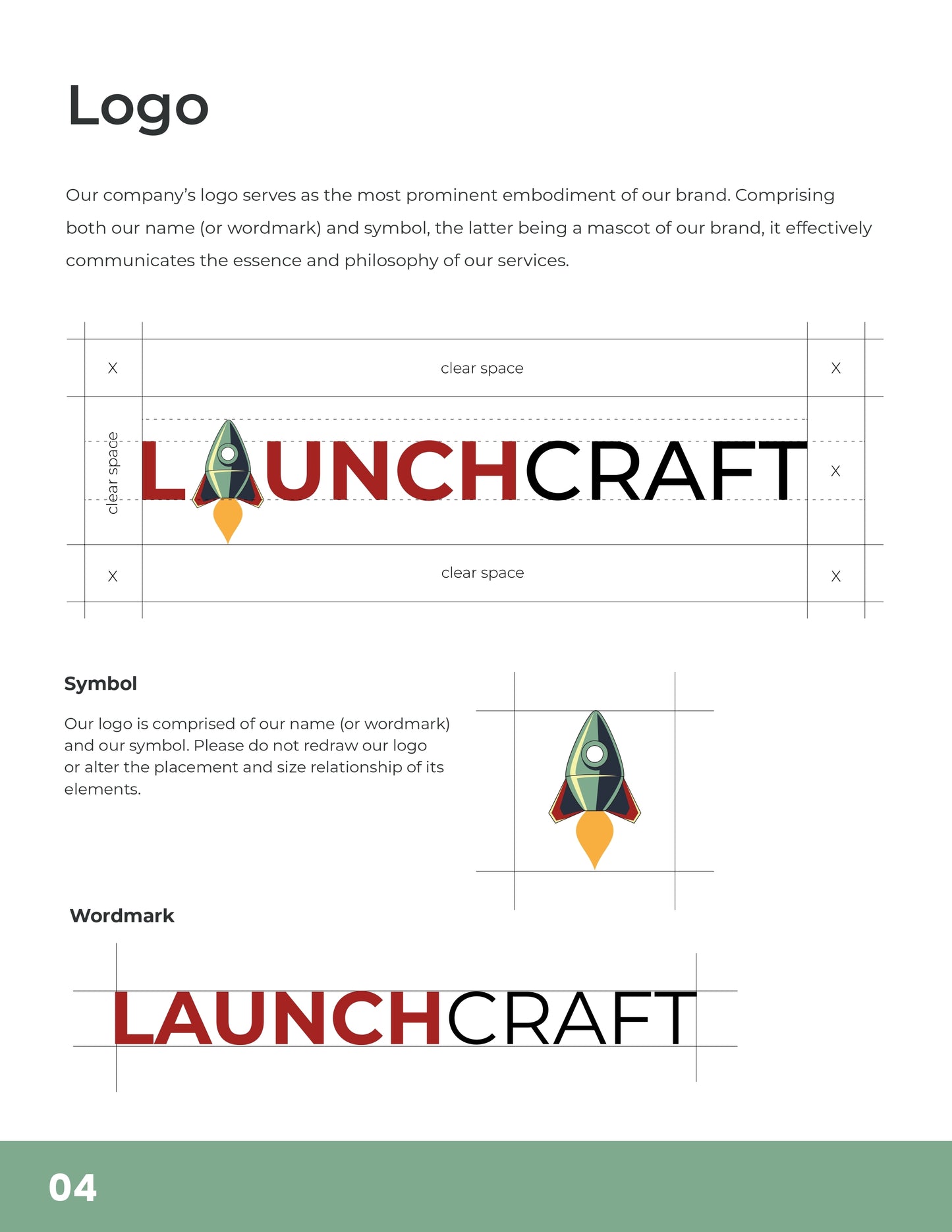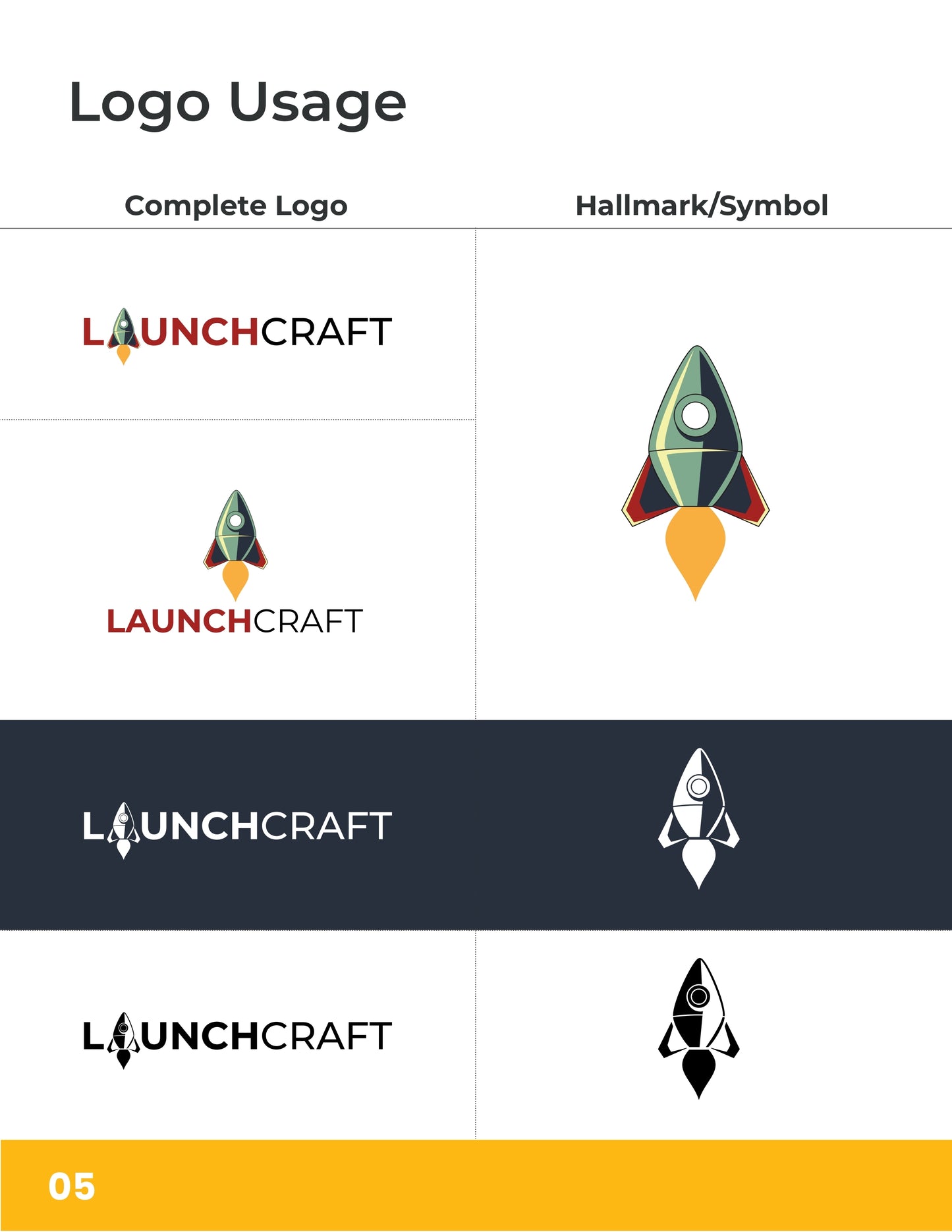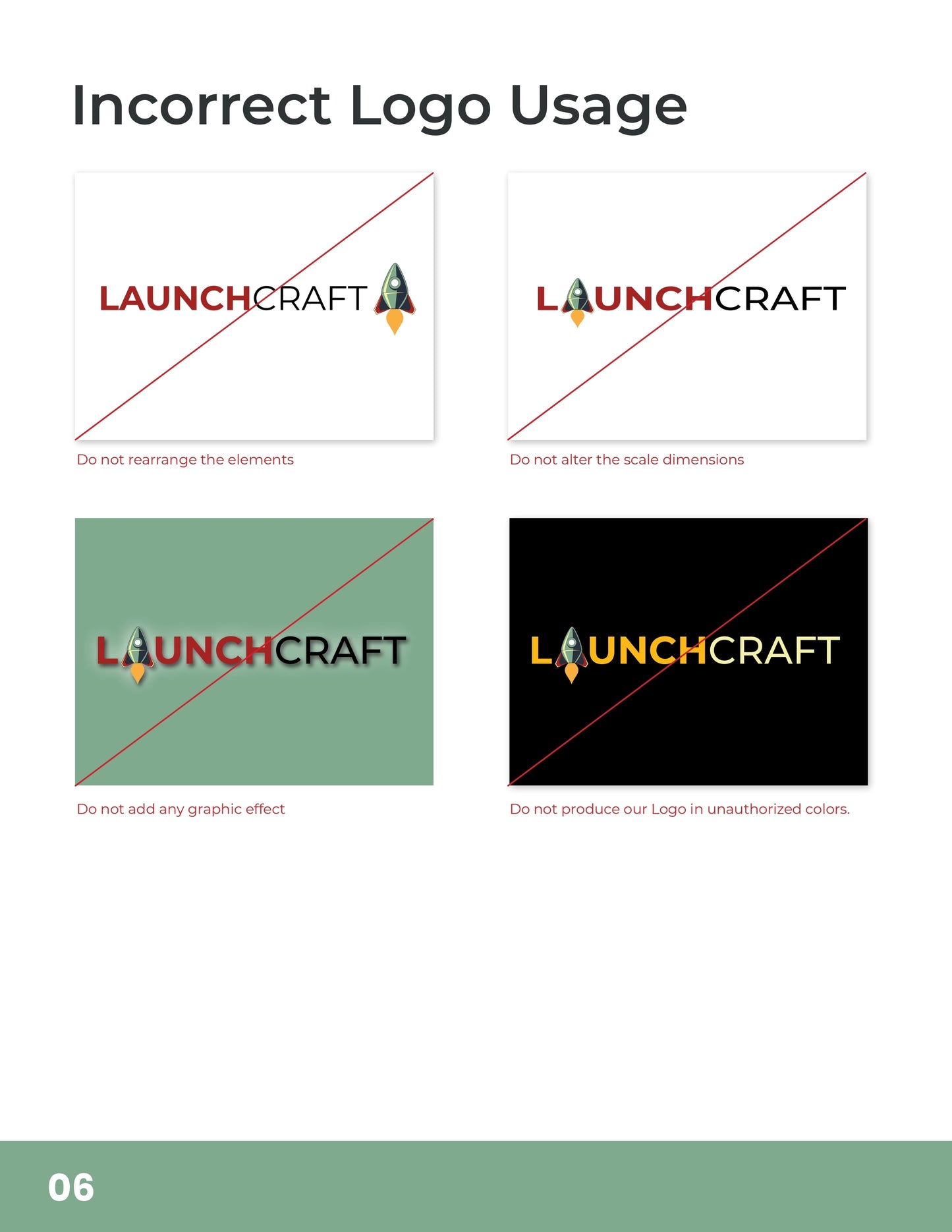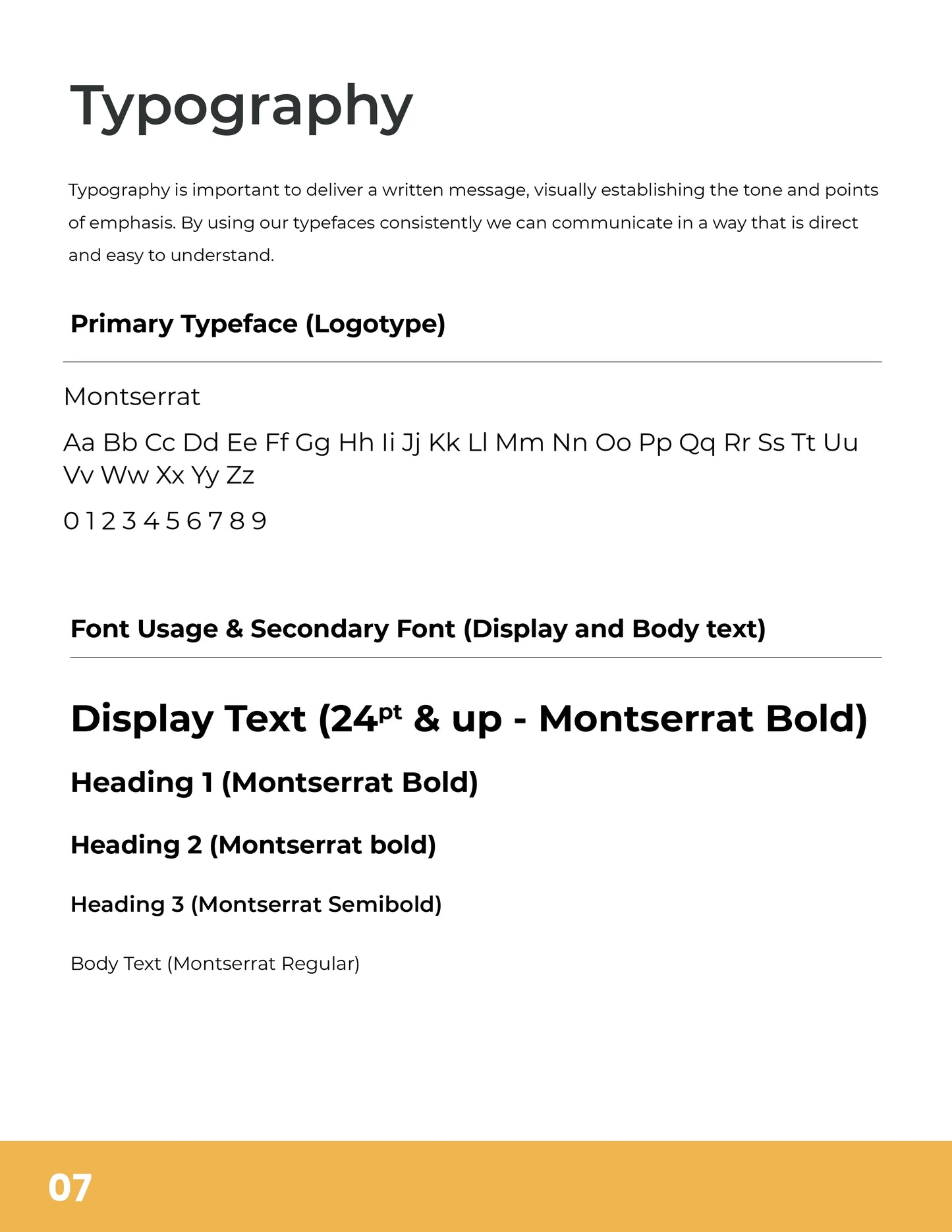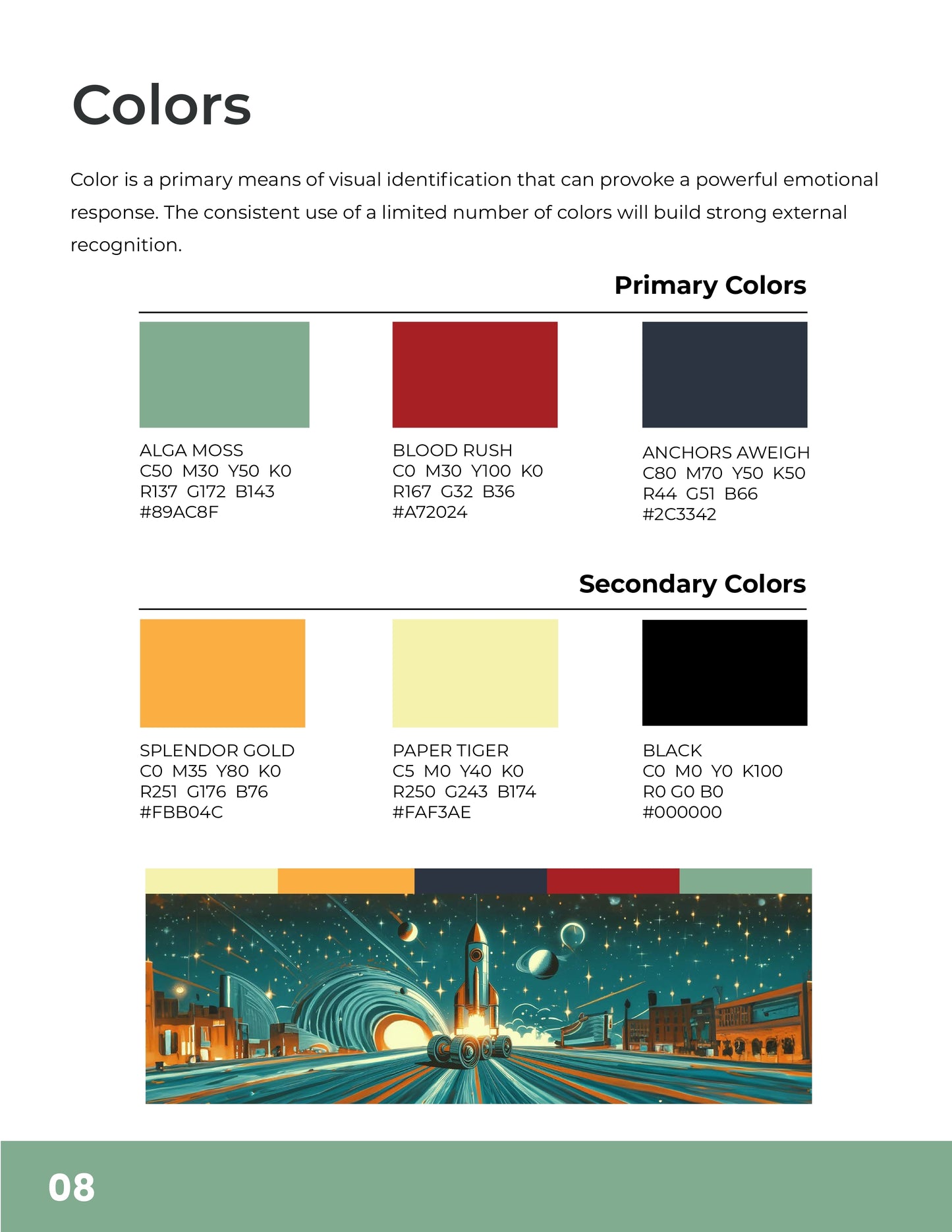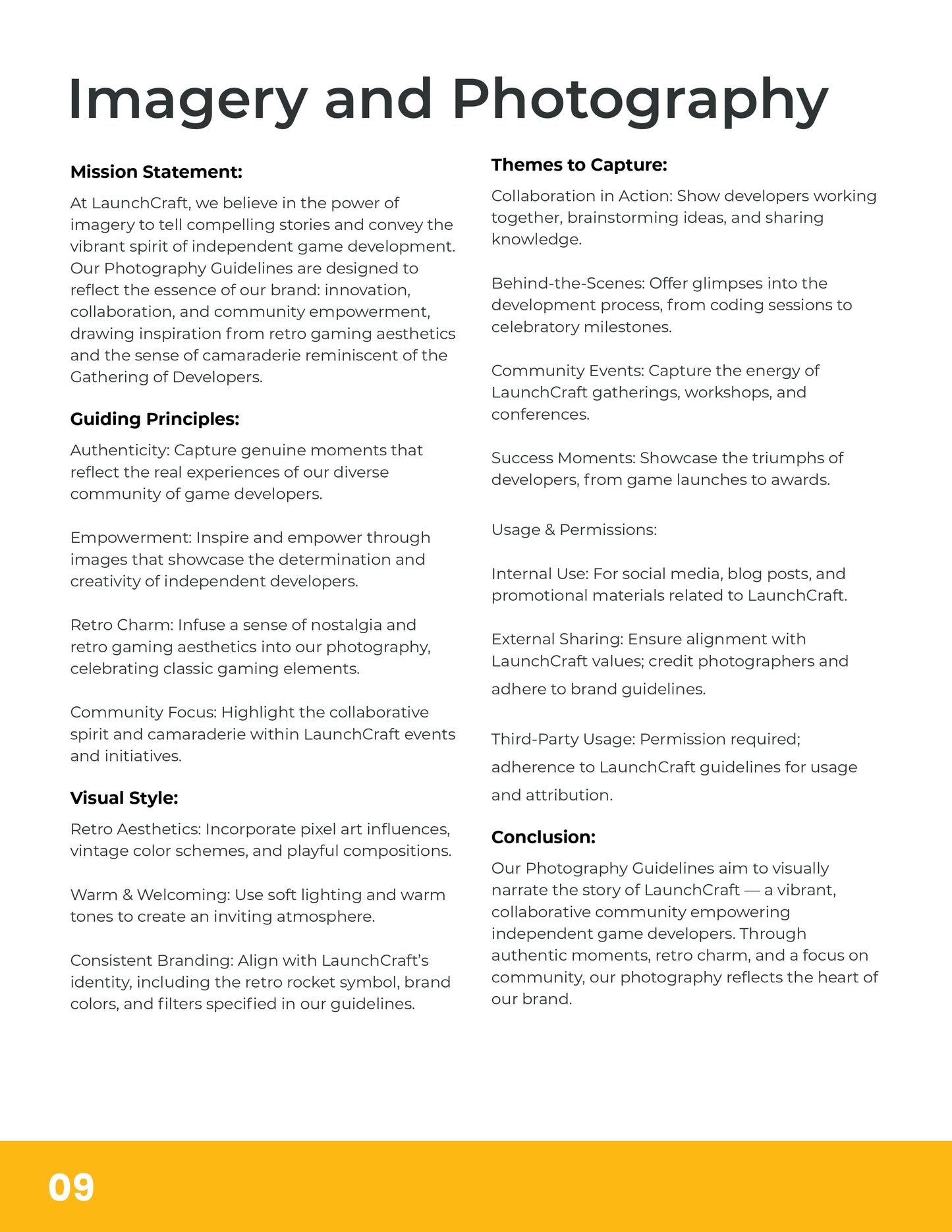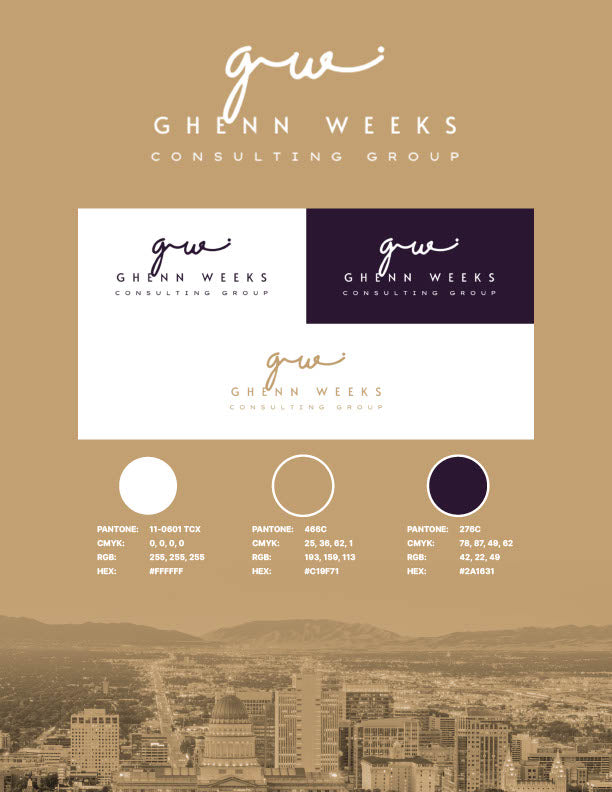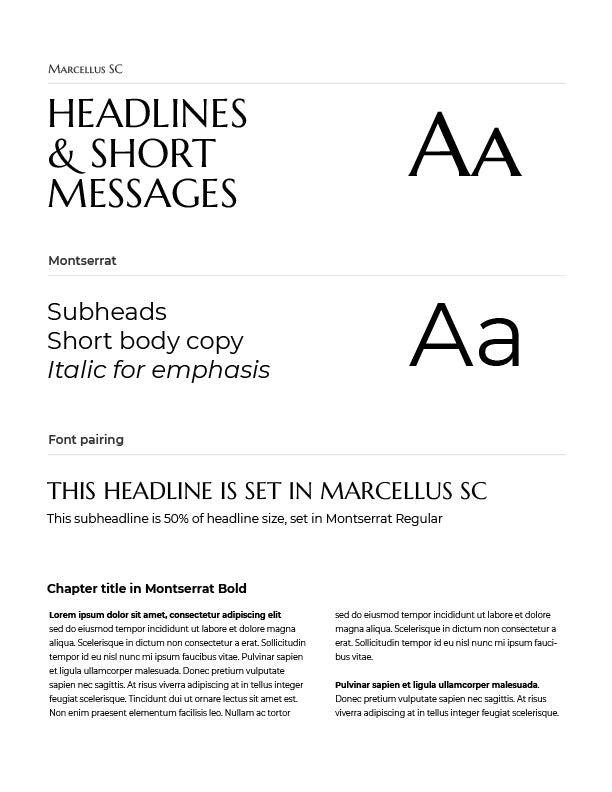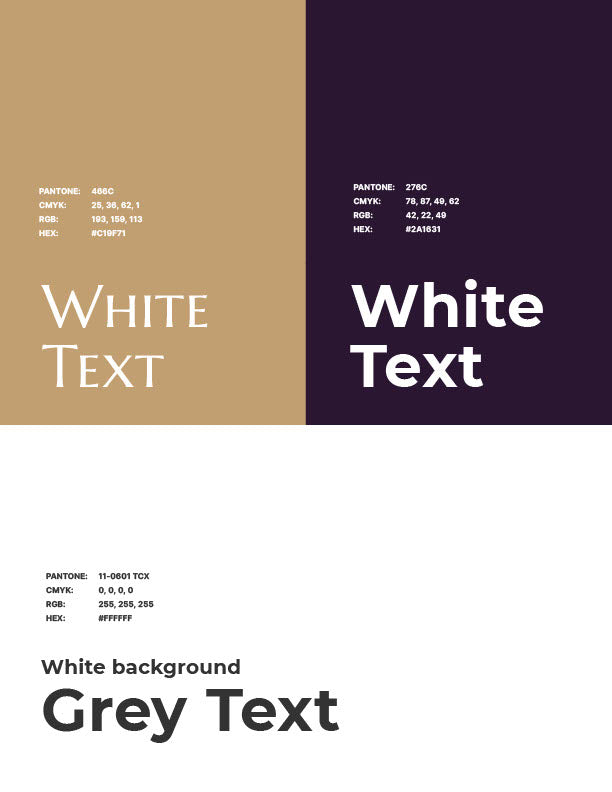Made Simpler
Brand Style Guide
Brand Style Guide
Elevate your brand with our expert Brand Guide services. Our team will work with you to develop a unique and impactful brand that will set your business apart from the competition. Let us help you build your brand and grow your business today!
A Brand Guide, also known as a brand style guide or brand identity guidelines, is a comprehensive document that outlines the visual and verbal elements of a brand. It serves as a reference tool for maintaining consistency across all brand communications. Here are the key components that a small business Brand Guide should contain:
Brand Overview and Mission Statement: Provide a brief overview of the brand, including its history, values, mission, and vision. This section sets the foundation for understanding the brand's identity and purpose.
Logo Usage: Detail guidelines for the correct usage of the brand logo. This includes specifications for size, spacing, placement, color variations (e.g., full-color, black and white), and prohibited modifications or alterations.
Color Palette: Present the primary and secondary colors that constitute the brand's color palette. Include color codes (RGB, CMYK, HEX) for both print and digital applications. Specify how each color should be used and any restrictions or prohibitions on additional colors.
Typography: Specify the fonts and typography styles that are approved for use in all brand communications. Include guidelines for headings, body text, and other typographic elements. Provide font names, styles (e.g., bold, italic), sizes, and usage examples.
Visual Elements: Outline other visual elements that contribute to the brand's visual identity, such as patterns, icons, illustrations, or photography styles. Provide examples and usage guidelines to ensure consistency across different applications.
Brand Voice and Tone: Define the brand's voice and tone in written communications. Describe the personality of the brand (e.g., friendly, professional, authoritative) and provide examples of appropriate language and messaging for different audiences and contexts.
Imagery Guidelines: Specify guidelines for selecting and using images or graphics in brand communications. This may include preferred styles, image sources, composition, and editing techniques. Ensure that all imagery aligns with the brand's values and messaging.
Brand Applications: Provide examples and guidelines for applying the brand identity across various touchpoints, such as stationery, business cards, signage, packaging, digital platforms (website, social media), advertising materials, and promotional items.
Usage Rules and Restrictions: Clearly outline rules and restrictions for the use of the brand identity, including unauthorized modifications, improper placement, or misuse of brand assets. This helps maintain brand integrity and consistency.
Brand Guidelines Maintenance: Include instructions for updating and maintaining the Brand Guide over time. Specify who is responsible for managing and enforcing brand guidelines within the organization and how updates or revisions should be communicated.
Examples and Visual References: Provide visual examples and references throughout the Brand Guide to illustrate proper usage of brand elements in various contexts. This helps reinforce understanding and application of the guidelines.
Legal Considerations: Include any legal considerations or trademark information related to the brand identity, such as registered trademarks, copyright notices, or usage rights for third-party assets.
By including these components in a Brand Guide, the organization can ensure consistent and cohesive brand representation across all communications, which strengthens brand recognition and fosters trust and loyalty among customers and stakeholders.
Couldn't load pickup availability
Share


